-
Posts
233 -
Joined
-
Last visited
Content Type
Profiles
Forums
Blogs
Gallery
Events
Store
Posts posted by Adler 1
-
-
I think "unknown" is indeed the best to accept for now...
Eric, if you click on the picture, it magnifies already a little bit, maybe that's sufficient for you?
Adler 1
0 -
The colors are in real a little less bright. I took the pictures inside with artificial lighting. As you can see the colors of both helmets are almost identical and I see that also as an indication they are original.
The colors used are often used, not the most comon maybe, but I've seen them on other helmets before...
Adler
0 -
Yes it is an interesting read, only because of the old German text it takes days to decipher everything
 ...
...The search continues!
Adler 1
0 -
Range officer is also one of the possibilities and meanwhile other people also suggested T-Gewehr team, team leader, etc... I really appreciate your help guys, but the only thing missing is some evidence... but I'm patient and maybe some day we'll know exactly what this red stripe means...
About the camo we can discuss for days if we want, but at the end these two helmets are very simular and we'll never know exactly who painted them, but that's of course not so important now
 ...
...Regarding maneuvres, I think they had enough going on in 1918 so I suppose they didn't do a lot of maneuvres anymore... Also, why wouldn't they just use a removable band as they did already for years and further on until WW2 they also used removable bands?
Adler 1
0 -
Sorry Eric, I think you're mistakin on this one... Not all helmets went to repairshops and the painting was doen mostly "in the field"... Here's a well known picture of soldiers that have just painted their helmets... You can see clearly that the men all are wearing thier fatigue outfits and they show of proudly their just painted helmets. Also in this picture it appears like the painting was done by only a few men of the unit...
Adler 1
0 -
Very interesting and rare piece of history! Congratulations!
Adler 1
0 -
Meanwhile, after some more research...
1) My helmet:
- Model M17
- Maker: ET (Eisenhütenwerke Thale A.G.)
- Size 64
- Camoed twice, top layer in ocre, rust brown and green with narrow black deviding line
- Red horizontal stripe from lug to lug
- Ink stamp on inside of neck guard: AK and 64, which means the helmet has been refurbished.
- Pencil markings: Rogg 10/124: after some research, it appears the name of the wearer of the helmet was Adolf Rogg, born 8/4/1896 in Muthmannshofen, Kempten, Bayern, served in 10th Company of Infanterie Regt 124 Wurttemberg, had minor injuries.
2) Doug's helmet:
- This helmet was brought home by the vet who picked it up in Peronne France on September 1st 1918
- Model M16
- Maker: NJ (Vereinigte Deutsche Nickelwerke, Schwerte i/Westf.)
- Size 62
- Camoed twice, top layer in ocre, rust brown and green with narrow black deviding line
- Red horizontal stripe from lug to lug
- Pencil markings: Peronne France Sept 1 1918 and the soldiers name a few times. Since I can't read this old German style very good, I think the name is something like W. Marquardt... I found the name of this soldier in the same listing as Adolf Rogg... It would be Wilhelm Marquardt, born 15/6/1899 in Legelshurst, Kehl, served in 2nd Company of Infanterie Regt. 124 Wurttemberg, missing in action.
3) Other facts:
- IR124 was stationed in Peronne France from 25 until 31 July and stayed in that area untill end of the war
- Canadian soldiers were in the Peronne area on sept 1st 1918
What can we conclude so far?
- Both soldiers served in IR 124 Wurttemberg, so we can rule out the Austrian theory.
- Looking at the colors of the second layer of camo paint, both helmets having the same narrow black deviding lines, can indicate that both helmets were painted by the same hand.
- the most logical possibility for that red stripe is a distinct marking and not only used in 10th Company of IR124 since the wearer of Doug's helmet has served in 2nd Company. This isn't a real conclusion actually, but for now the only logical one...
The search continues!
Adler0 -
Thanks for your replies gentlemen!
Eric, DB's helmet has a leather band with liner, o,ly the liner pins are missing...
Chris, That's exactly what we are trying to find out... what does this red stripe mean???
Adler 1
0 -
What's not to like
 ? Good catch!
? Good catch!Adler 1
0 -
Thaks for your comments gentlemen!
So, the soldier's name is Adolf Rogg, born on April 4 1896, he served in 10th company of IR124 (Wurtemberg) and he was slightly wounded (Thank you Jens!). Meanwhile I've also been reading a bit about IR124 and it seems they fought first in Argonne, than in Flanders and after that in the Somme region... Also very interesting was that IR124 was in Peronne between 25 and 31 July 1918. They stayed in the region until 11th November... If you can understand some German, here's the link to this interesting article: http://genwiki.genea...R_124#Uniformen
Große feindliche Offensive (Juli bis November 1918)
- 25. Juli bis 4. August 1918:
- Nächtliche Fußmärsche nördlich Cambrai vorbei in den Raum südlich Péronne (25. bis 31. Juli 1918).
- Fußmarsch ans Nordufer der Somme (2. bis 4. August 1918).
- 3. bis 28. August 1918:
- Abwehrkämpfe an der Somme:
- Übernahme von Stellungen bei Morlancourt (3. bis 4. August 1918).
- Angriff auf die gegnerischen Stellungen zur Wiedereroberung des der Vorgänger-Division verloren gegangenen Vorfeldes (6. August 1918).
- Abwehr des englischen Großangriffes auf Morlancourt. Das Regiment verliert bei der Einnahme von Morlancourt die Großteile der sechs den Ort verteidigenden Kompagnien und muß vor dem nachfolgenden Tank-Angriff bis an den Westrand des Tailles-Waldes zurückgehen (8. August 1918).
- Das Regiment wird im Pionier-Lager nördlich Bray neu formiert. Die zwei neugebildeten provisorischen Bataillone (Bataillon „Bosch“: 9., 10., 11. und 12./IR 124 mit 2. MG-Kompagnie, Bataillon „Schaidler“: Rest des Regiments zu zwei Kompagnien und 1. MG-Kompagnie) übernehmen eine Zwischenstellung an der Straße Bray – Albert und Bray – Fricourt, Bataillon „Bosch“ später an der Straße Bray – Corbie in vorderster Linie. (10. August 1918).
- Erholung im Biwak in Curlu (16. bis 18. August 1918).
- Besetzung von Stellungen in vorderster Linie an der Straße Méaulte – Etmehem (18. auf 19. August 1918).
- Beim englischen Angriff nach dreitägiger Tromelfeuervorbereitung wird das Bataillon „Schaidler“ durch die gegnerische Feuerwalze abgeschnitten und gerät mit den Überlebenden in Gefangenschaft. Der Rest des Regiments zieht sich auf das Pionier-Lager Curlu zurück (22. und 23. August 1918).
- Biwak im Hammerwald bei Curlu. Das Regiment besteht aus einem Bataillon mit zwei Kompagnien und einer MG-Abteilung (23. bis 25. August 1918).
- Abwehrkämpfe an der Höhe östlich Curlu und der Roten Ferme (25. bis 28. August 1918).
- Loslösung vom Feind und Rückzug in das Waldstück zwischen Liéramont und Nurlu (28. auf 29. August 1918).
- Marsch nach Viesly zwischen Cambrai und Le Cateau nach zweitägiger Rast (31. August bis 1. September 1918).
- Auffüllung der Mannschaftsbestände durch Eingliederung der Reste des II. Bataillons des aufgelösten Württembergischen Reserve-Infanterie-Regiments Nr. 247 (2. September 1918).
- Verlegung nach Muceray bei Nouillon-Pont (4. bis 9. September 1918). Das Regiment wird behelfsmäßig in drei Bataillone zu drei Kompagnien und einer MG-Kompagnie eingeteilt.
- Bezug der neuer Stellungen auf Höhe 307 bei Loison und Stellungskämpfe vor Verdun (11. September bis 28. Oktober 1918).
- Verlegung nach Mouzay an der Maas (südlich Stenay) und Ruhe in Mouzay (28. bis 31. Oktober 1918).
- Bezug neuer Stellungen bei Barricourt und Nouart (1. November 1918).
- Abwehr amerikanischer Angriffe bei Barricourt (1. bis 3. November 1918).
- Rückzug über Ober- und Nieder-Champy (Les Champys) auf Stellungen bei der Maucourt-Ferme (3. November 1918).
- Rückzug auf Stellungen auf den Höhen südlich der Goudrun-Ferme und vor den nachdrängenden Amerikanern bis hinter die Maas bei Pouilly und Autréville (4. November 1918).
- Abwehr amerikanische Angriffe auf Autréville (10. auf 11. November 1918).
Regarding Doug's helmet was brought back from Peronne and my helmet is marked IR124, we can with a high grade of certainty say that our helmets were worn by soldiers of 10th Company of Wurtembergisches Infanterie Regt. 124. For me this is one step closer to solving the mistery
 , but I really want to know the meaning of that red stripe
, but I really want to know the meaning of that red stripe  ...
... One side note: Did you know Erwin Rommel also served in IR124
 ?
?Eric, the "C1" you see, is actually the size "64" stamped with ink...
Adler 1
0 -
Doug's helmet was taken (by the vet who brought it home) in Peronne (France) and to my knowledge there were no Austrians stationed. My helmet seems to have been named and the wearer also pencilled 10/124 in it... a German regiment... Both helmets are camoed twice in the same way, the same colors are used and both have this red stripe... They most likely have served in the same unit...
Because of all the above, it's unlikely that these helmets were worn by Austrians... also just presuming of course!
Here are a few pics to compare with Doug's helmet.
Adler 1
0 -
Thaks for your reply Chris!
Chip has pointed out that the pencil marks say "Rogg 10/124"... This would mean the name of the soldier is "Rogg" and he served in the 10th company of I.R.124 (Württemberg). This rules out the Austrian theory...
I think your theory about the identification within the unit is also very plausible. Let's hope we can find hard evidence for that soon!
Adler 1
0 -
-
This seems to be an international purchase… I bought as a Belgian a German helmet at a militaria show in France and the seller was Dutch.
However, that’s not the most interesting thing about this helmet. Maybe some of you know that Doug B. had posted his first ever German helmet with this horizontal red stripe from lug to lug on another forum… well this one seems to be a very close relative.
Both helmets have this interesting red stripe and they are both double camouflaged. The black lines from the first camo can be seen very well through the second layer of camo. In my opinion the colors are also exactly the same on both helmets.According to someone who commented on Doug’s thread, this red stripe should be a wound stripe as used by the Austro-Hungarian army. He had two Austrian helmets with a red stripe in his collection.
Since I have only seen two of these (German) helmets and since they are both configured in the same way, I don’t see the connection with the Austrians. I sure hope someone can enlighten this or can provide some sort of explanation for this red stripe. Other possibilities that were mentioned was stretcher bearer, rank distinction, special service,...This M17 helmet is an ET64 (producer: Eisenhüttenwerke Thale A.G.and size: 64), and is also named but I can’t read it… After playing a bit with Photoshop, the “AK” mark and an ink (paint) stamp “64” also become visible.
Anyway, no matter what the red stripe stands for, I’m very happy with this helmet. Hope you gentlemen also like it…Adler 1
0 -
Thank you very much Eric! Now you make me blush
 ...
...Adler 1
0 -
Thank you for your nice comments gentlemen!
Chris, that grouping is also amazing!
Adler 1
0 -
-
Please check the books, I also am interested to know...
Adler 1
0 -
The AS 71 was actually made with blades from the FS60 (Füselier Seitengewehr 1860) but there was also a new production of blades... So, it's possible to find dates from 1860 and up...
Adler 1
0 -
Thank you for your comments gentlemen!
The two producers on the blade is because one made the blade and the other assembled the bayonet. Looking at the stamps, it's most likely that Henckels made the blade because it appears the stamp is deeper and stamped before grinding the blade. The Frister & Rossman stamp appears to be stamped after grinding the blade and is less deep than the Henckels stamp. Also keeping in mind Henckels made knives and still does today, it would be unlikely that they wouldn't have produced the blade.
Why there is no date and state stamp, I really don't know. Since there is an abnahme stamp, it's certainly an issued piece. A Possible expanation can be that there was a misunderstanding between the two companies that made/assembled the bayonet and both were assuming the stamp was the responability of the other... But that's just guessing of course...
Adler 1
0 -
It’s been a long time since I bought a bayonet, especially a S98/05nA (Seitengewehr model 1898/1905 neuer Art). Here in Belgium they are rather common but most of the time they are in not so good condition.
This one was found with the frog and Wurtemberg NCO trodl. It has a double makers stamps, all acceptance stamps but no year stamp or crowned letter to indicate the state.
As often seen with bayonets that resided in old collections, there’s a little hole in the frog. These guys just nailed them to the wall because there was still enough of those things out there…
The blade is still in almost mint condition, exept it has been sharpened in a very crude way… but it’s super sharp for a bayonet! During the war the bayonets were mostly sharpened, certainly in a combat zone. It’s a pitty though that the grinder didn’t take more care for that.
All in all, I thought this is still a nice bayonet and it would fit nicely with my Wurtenberg NCO’s equipment…Adler 1
0 -
What can I say? You are absolutely right Eric! A lot of helmets and of course other militaria are destroyed by people who don't really know what they are doing, but on the other hand that leaves more good items for the collector who knows his stuff...
We can also ask ourselves how far can one go in restoration... Take for example the two helmets above:
The Bavarian is very interesting because it's an M15 officer's helmet with removable chinscales and spike. These are not easy to find I can tell ya! This helmet has a strong heavy patina and it seems nobody ever messed with it... but on the other hand the little checkerred shield of the reserve cross seems not to fit the contours of the helmet plate. What to do now? Leave it (original, but not textbook), replace the reserve cross by one that fits (textbook, but not original anymore) or one can just not purchase it and look for a better one.
The prussian haube is less interesting because its not that rare, on the other had it's configured as before 1897 because it has the old style Prussian officer's kokarde and has never had a Reichskokarde. It's still in a fair condition, but yet one of the stars that hold the spike base appears to be replaced. Maybe period, maybe 50 years ago... What to do in this case? Remove the star, replace the star or leave the star? That's the question...
So all I mean is that every collector tries to do it his way and opinions will always be different, but I always try to purchases helmets and other things that don't need restoration in any way, but this has a great disadvantage also... usually this stuff is more expensive! It's hard to draw a line between what's acceptable and what's not to consider an item original...
Just my two cents of course...
Adler 1
0 -
Thank you very much for the info!
Adler 1
0 -
Thanks Jeff
Adler 1
0




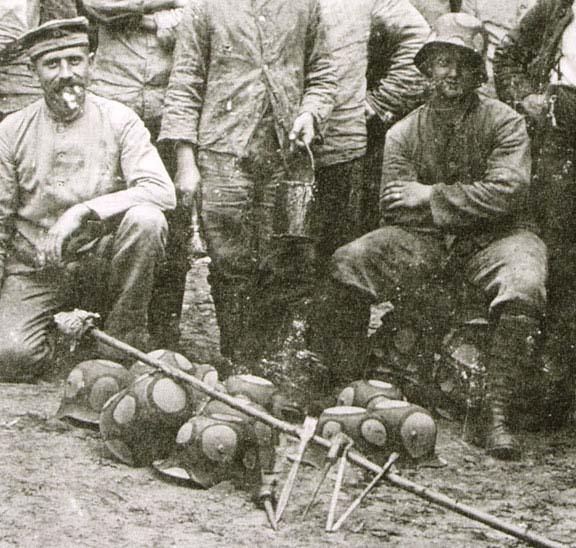
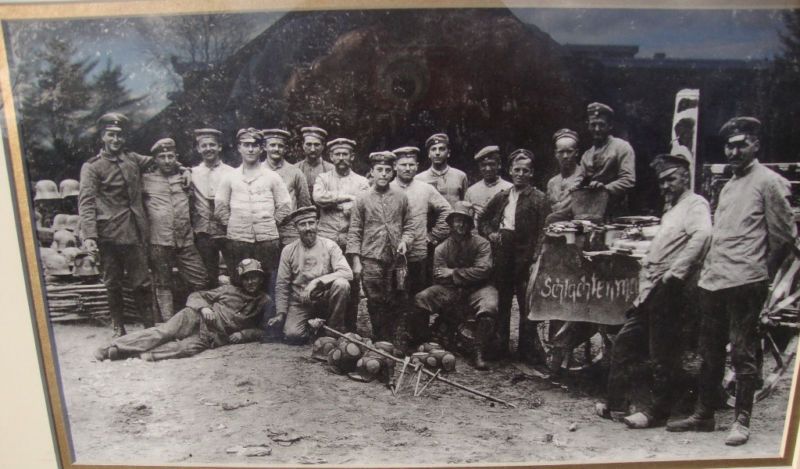
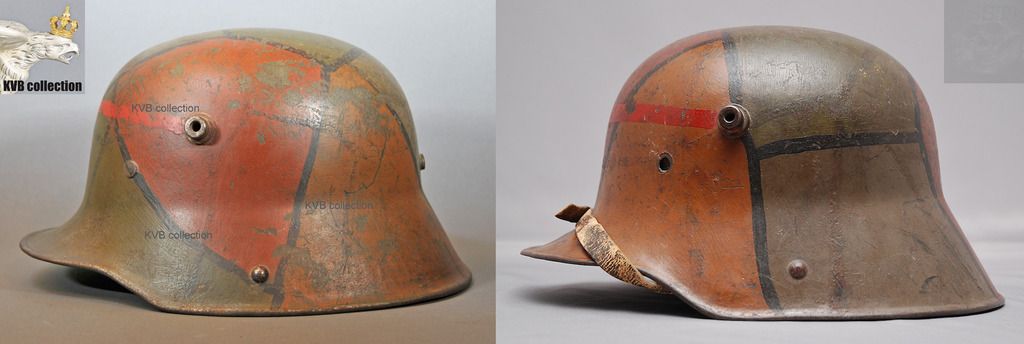

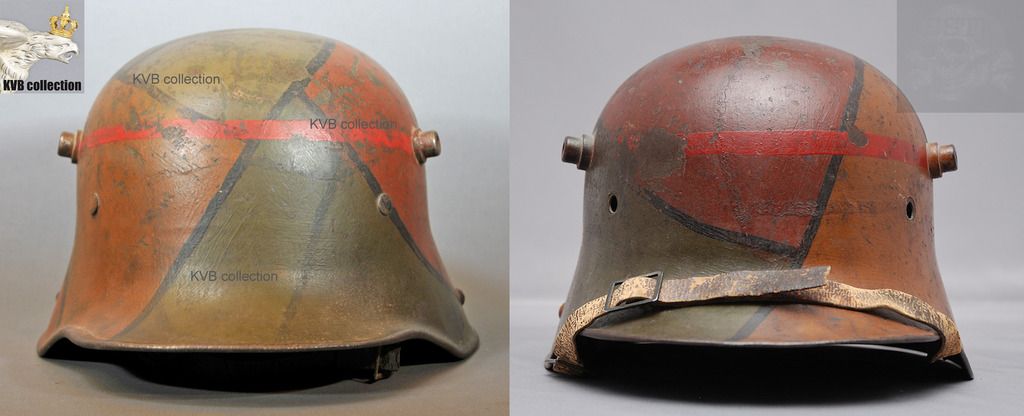
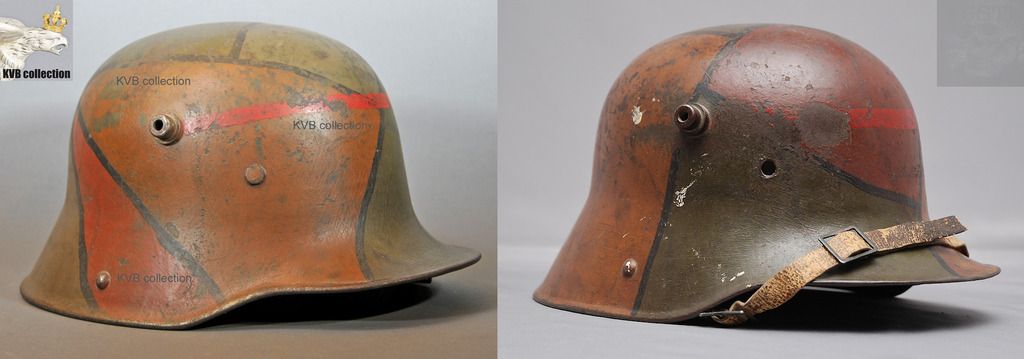

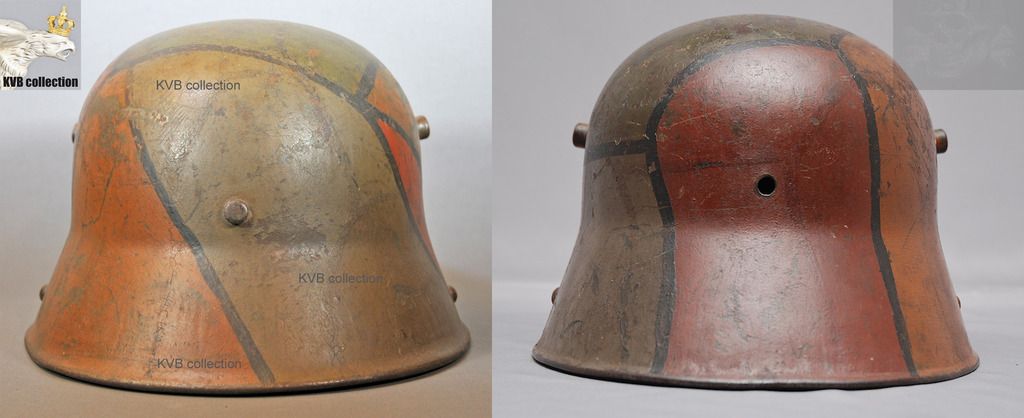

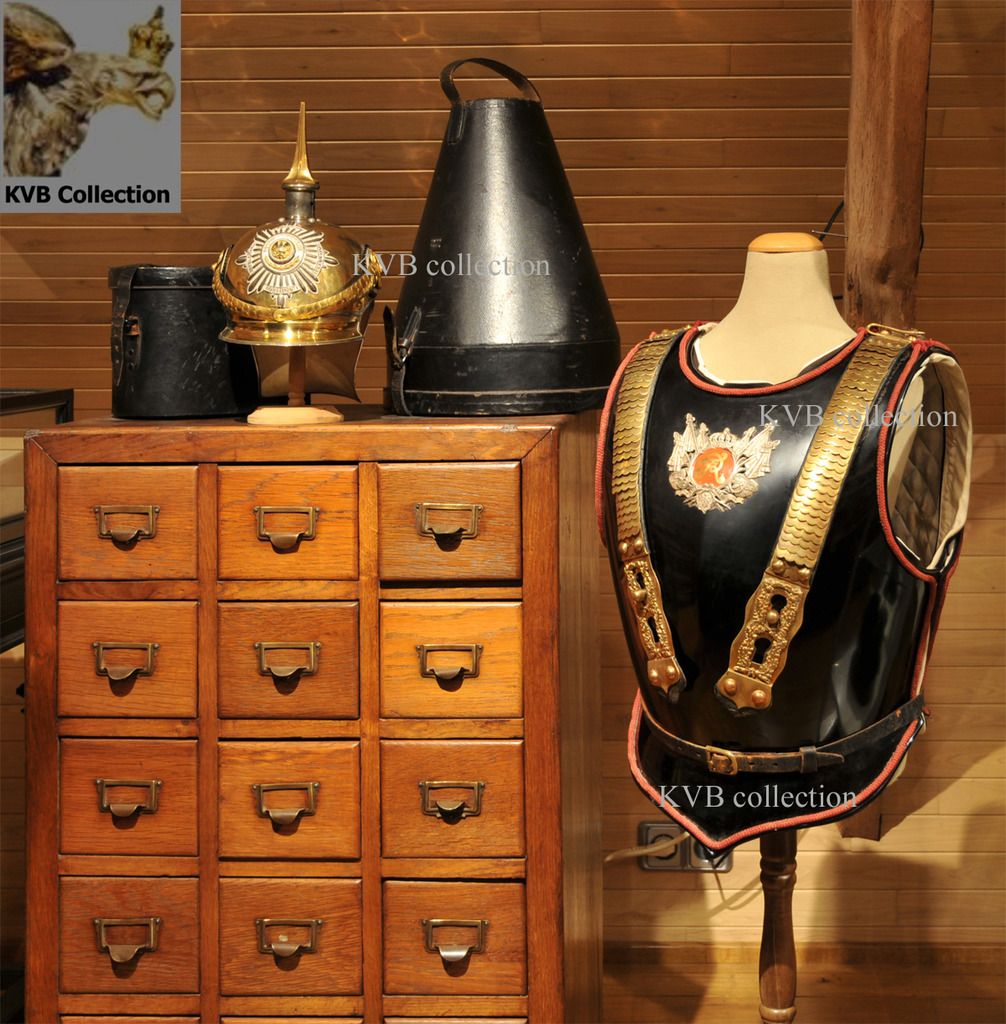
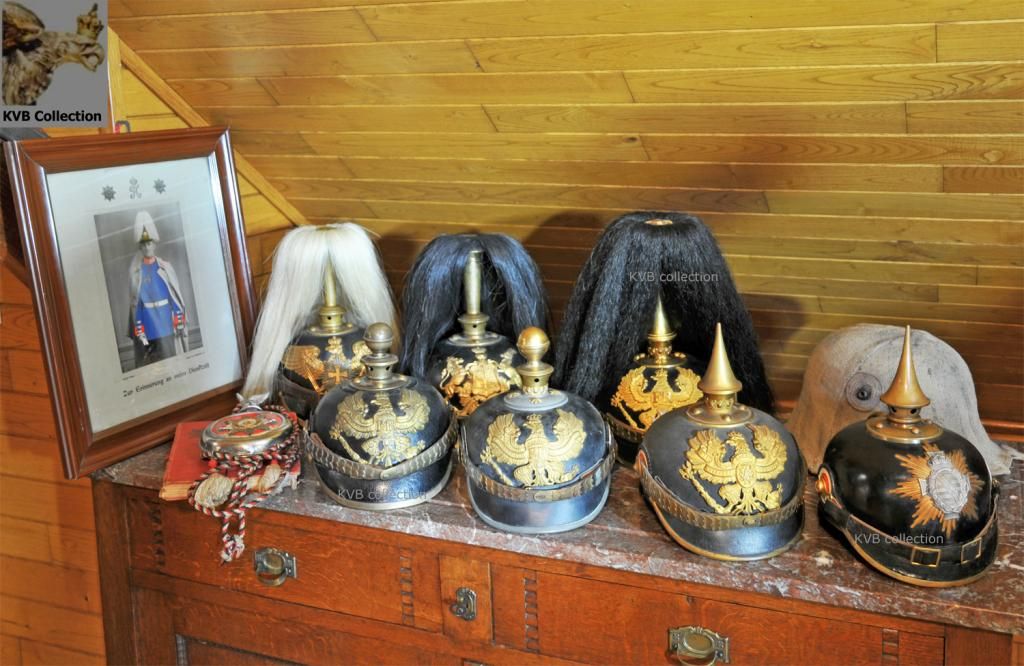
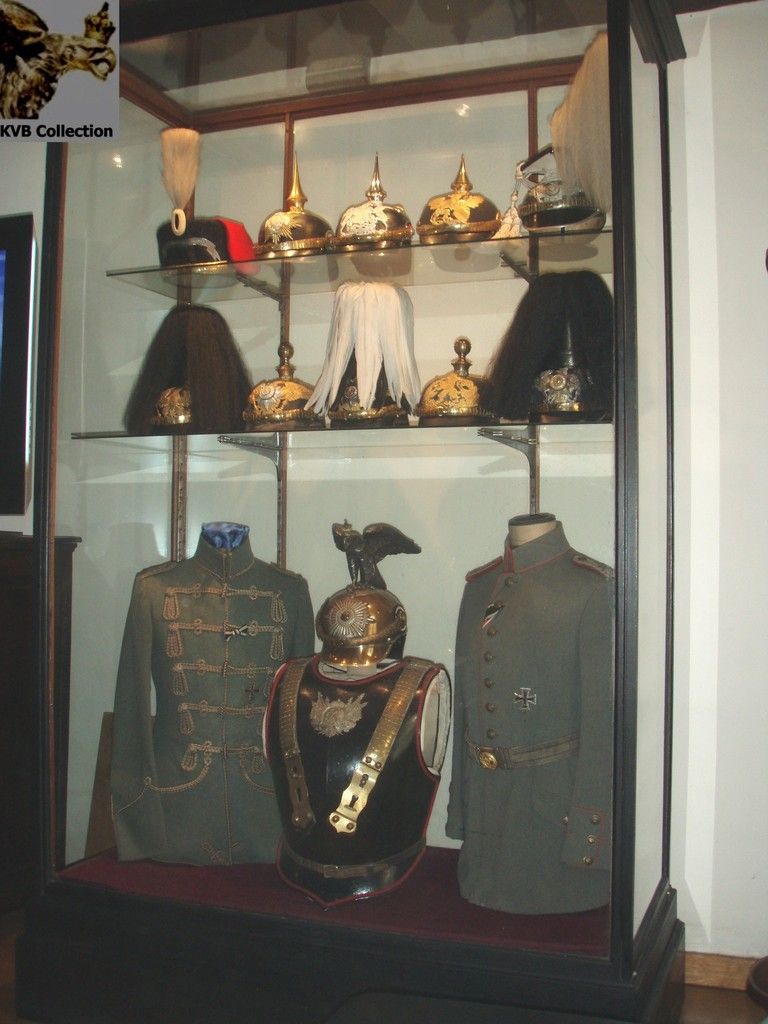
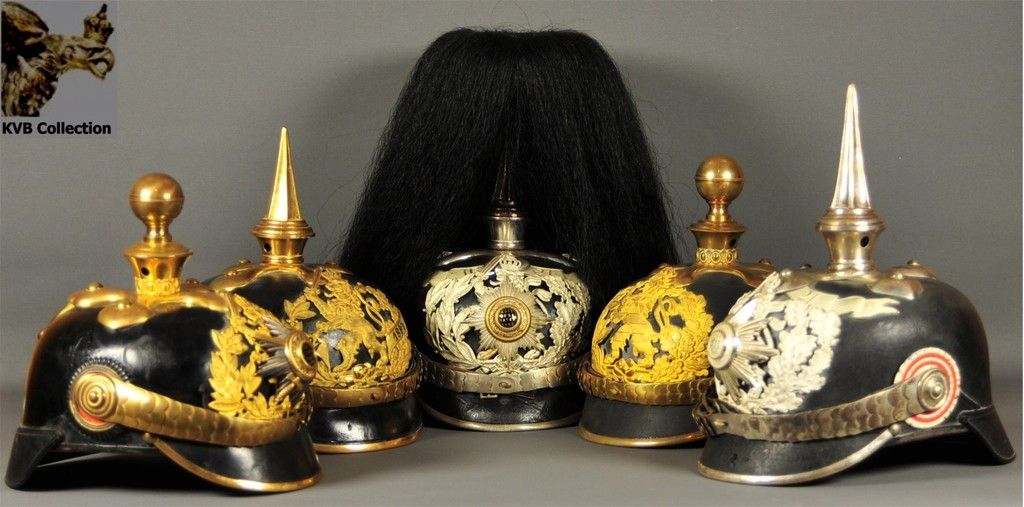
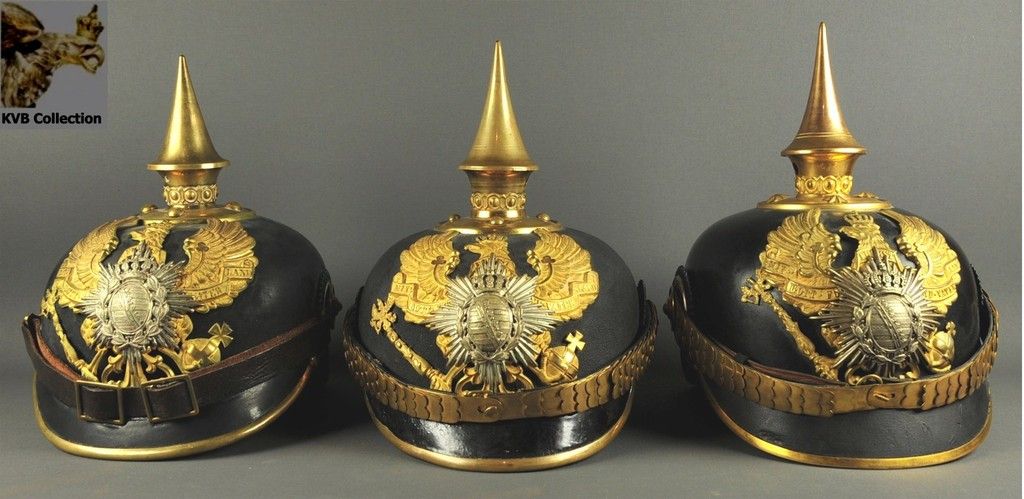
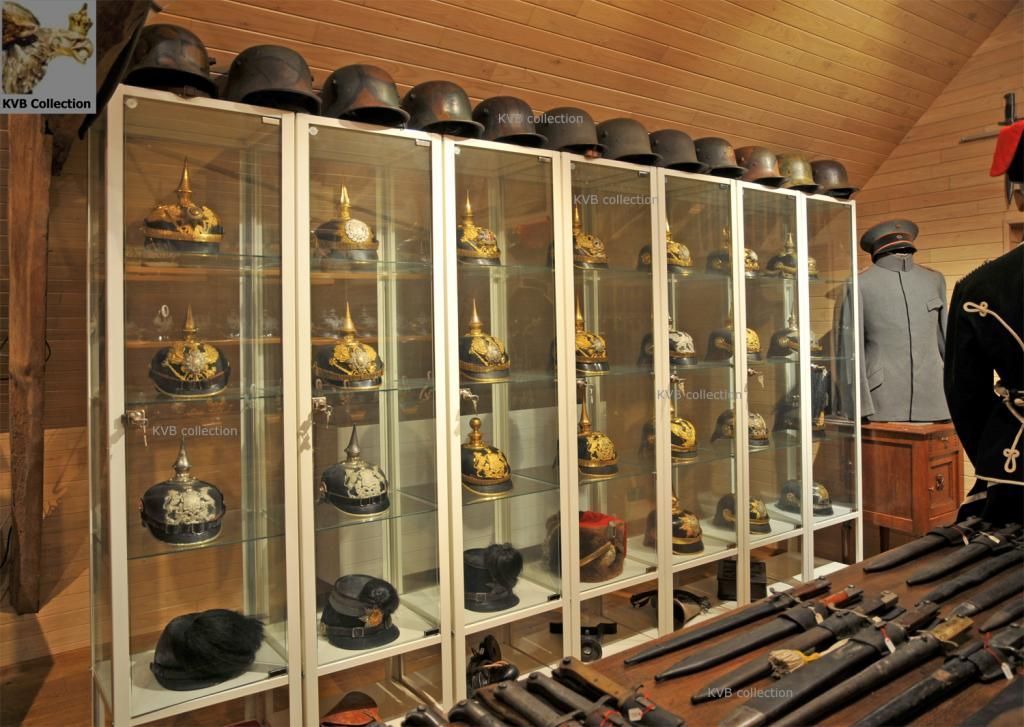

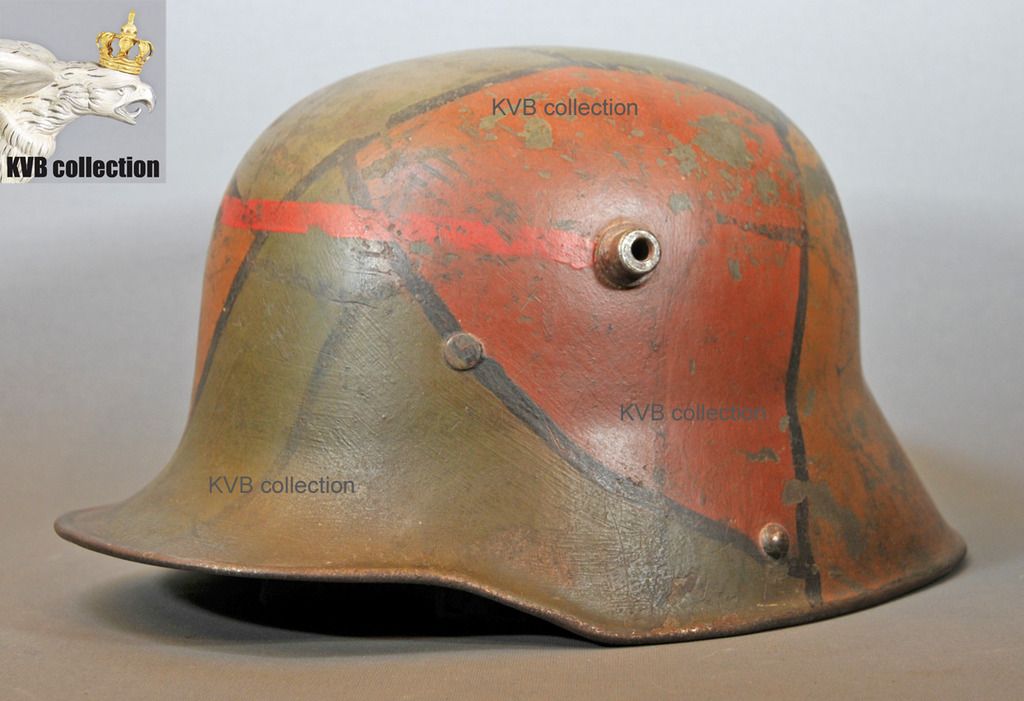
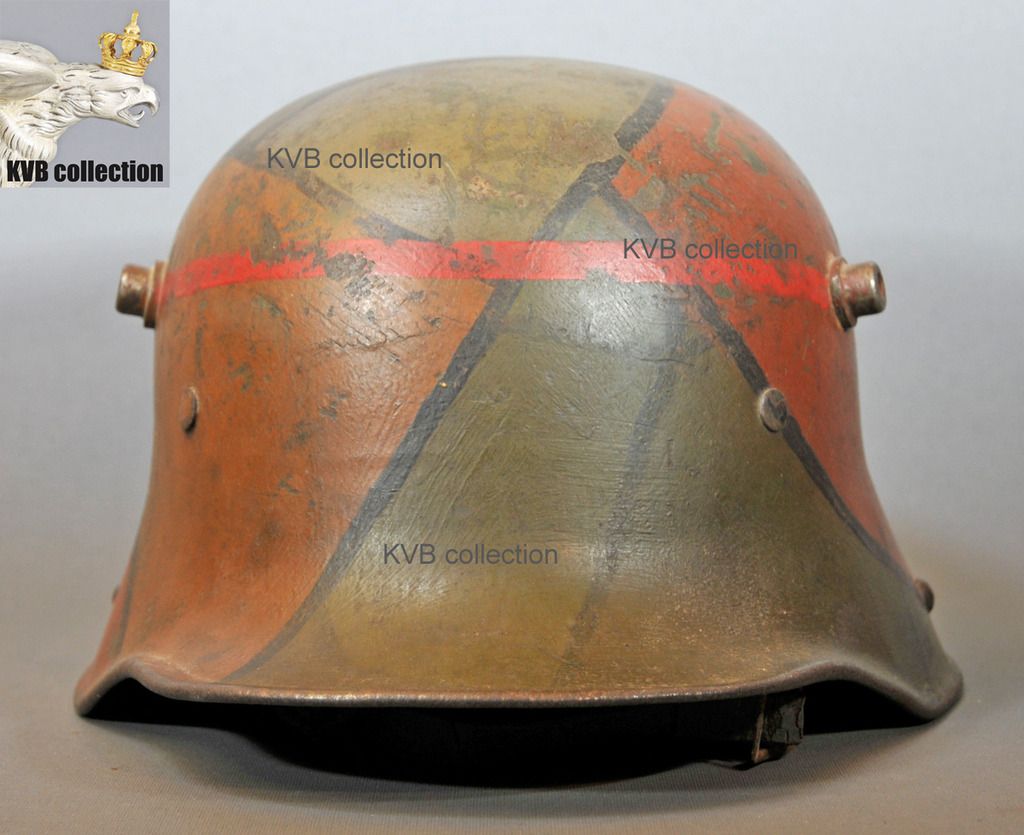

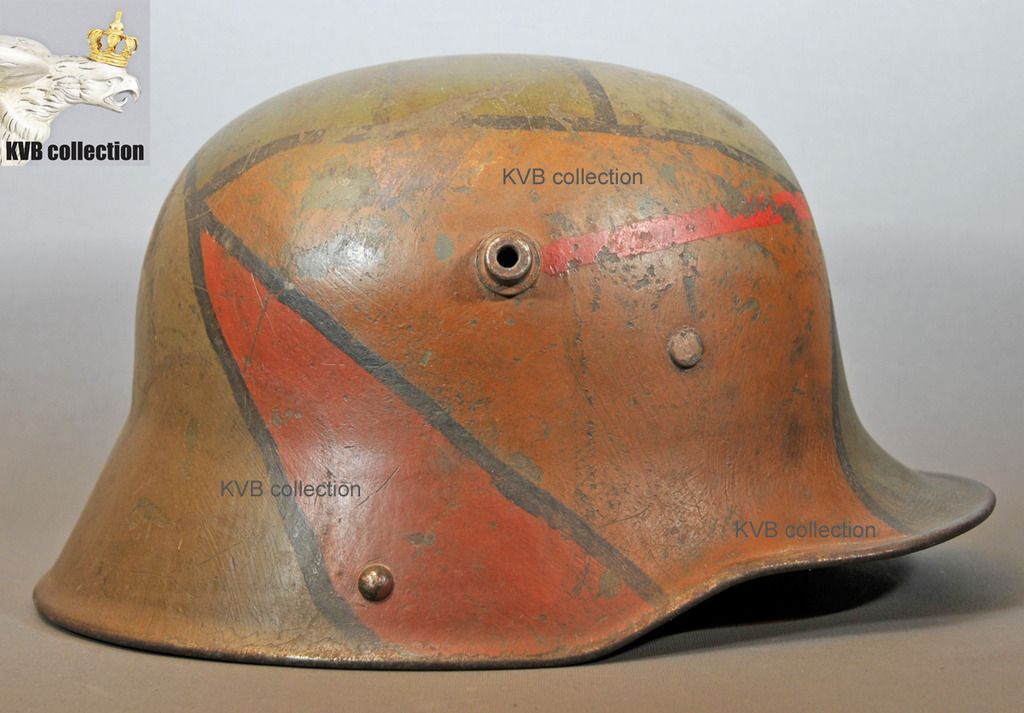

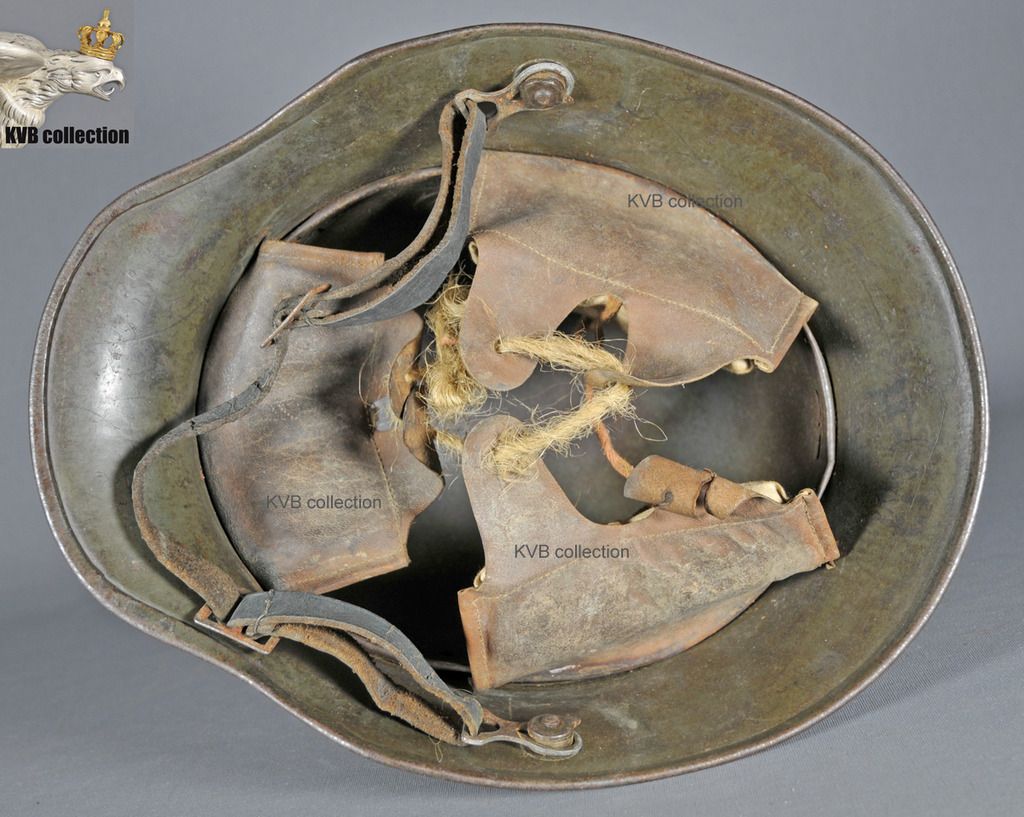

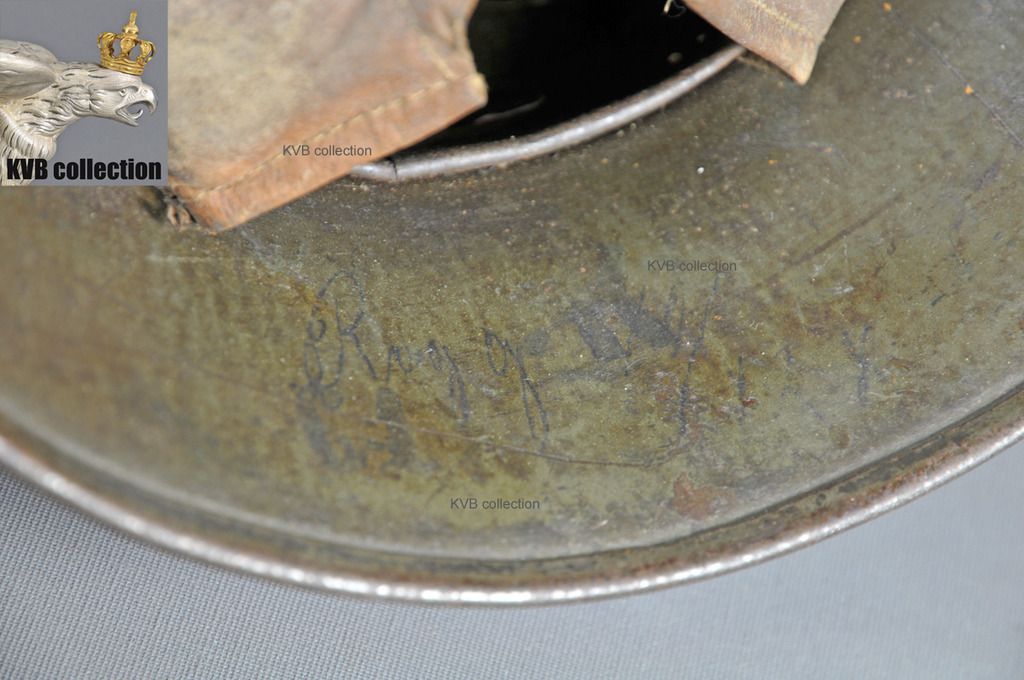
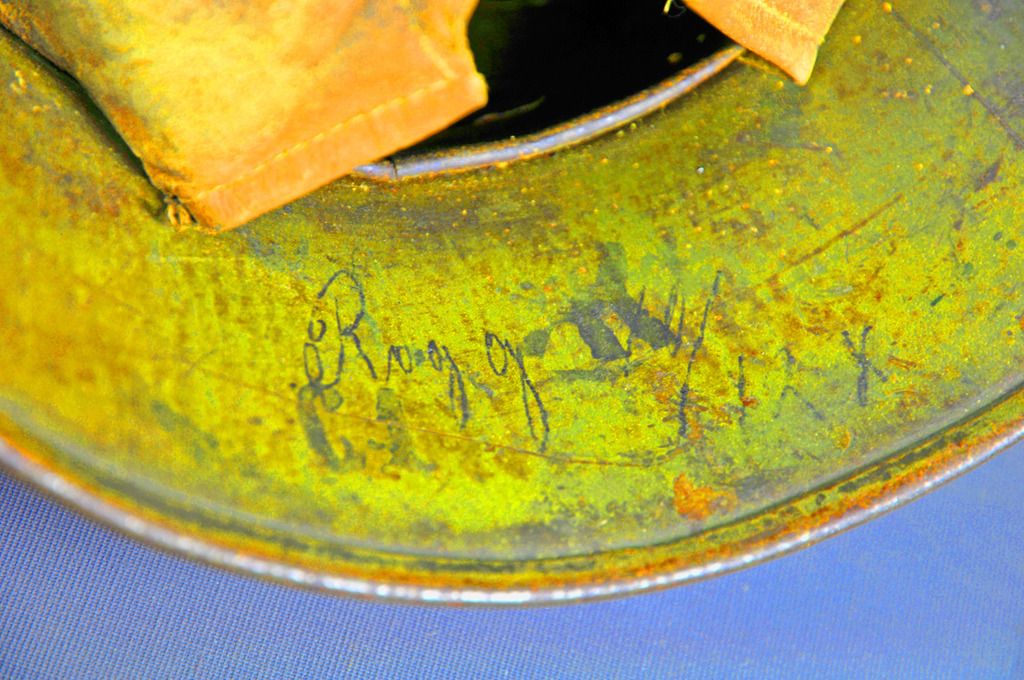
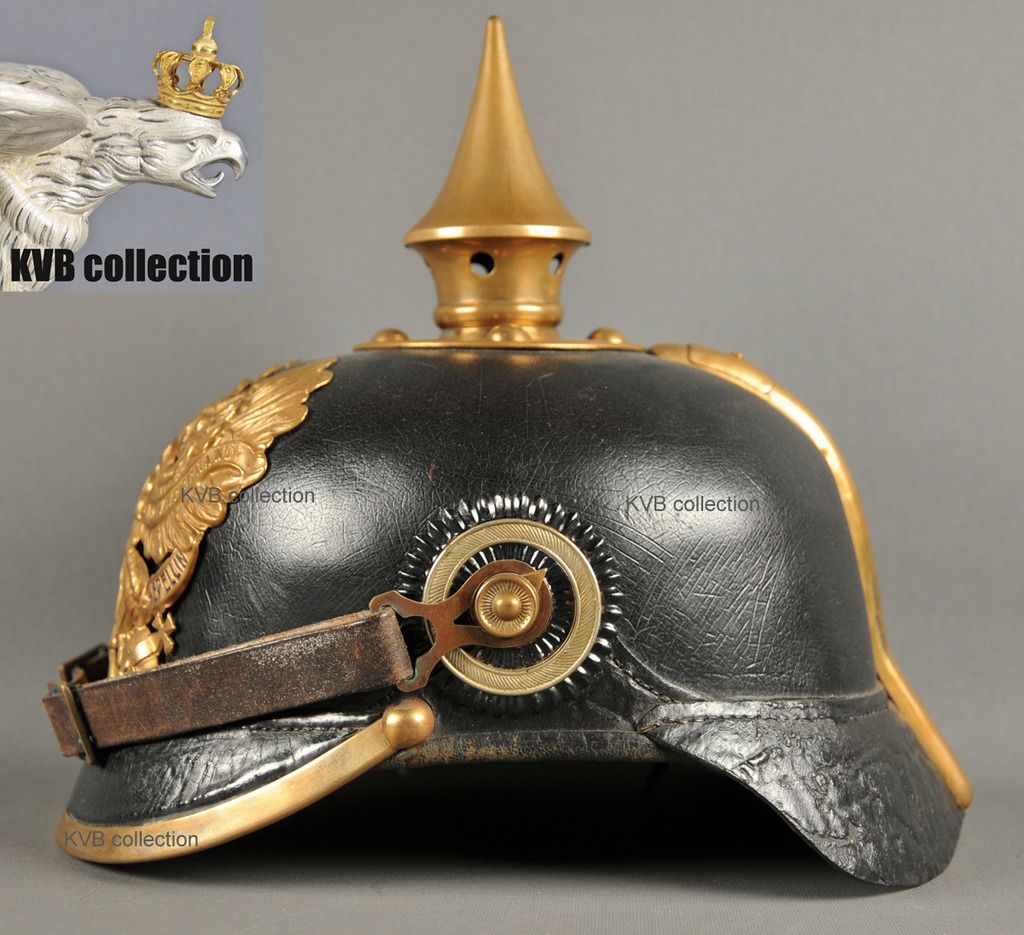
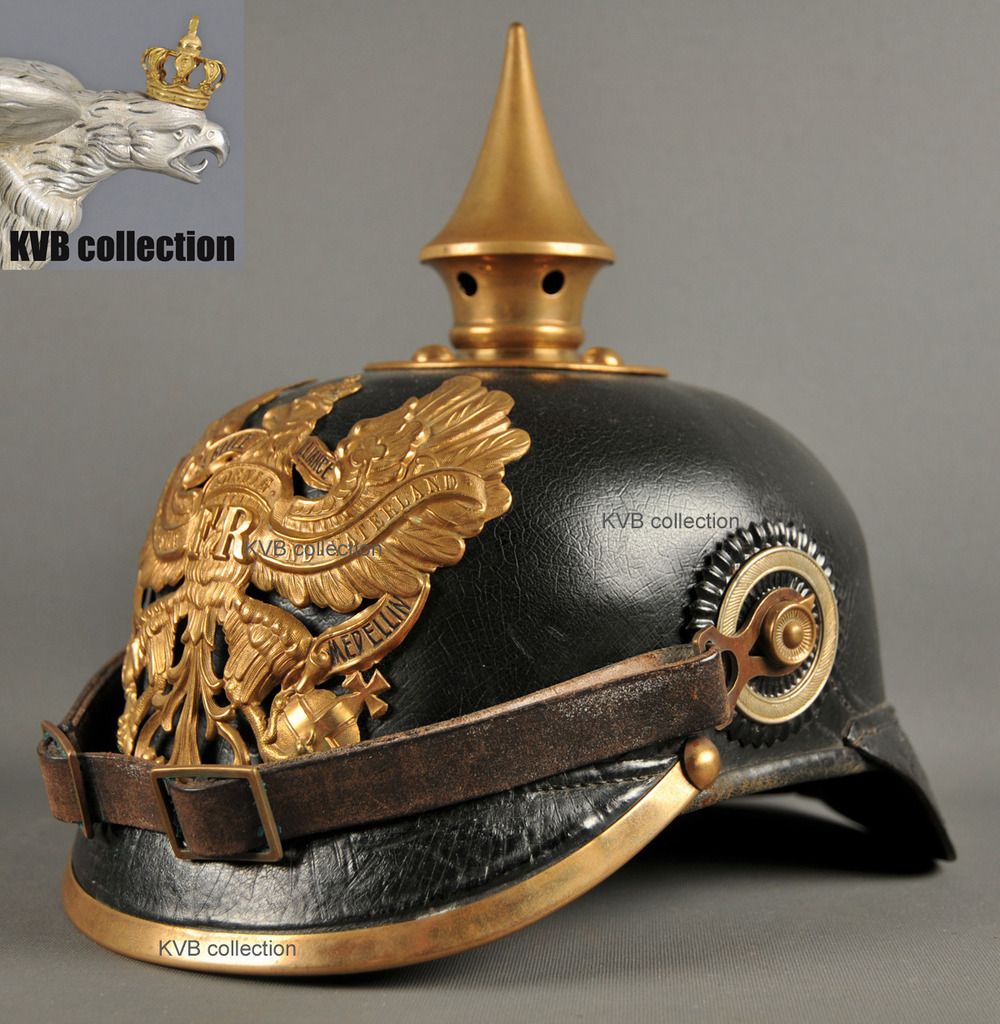
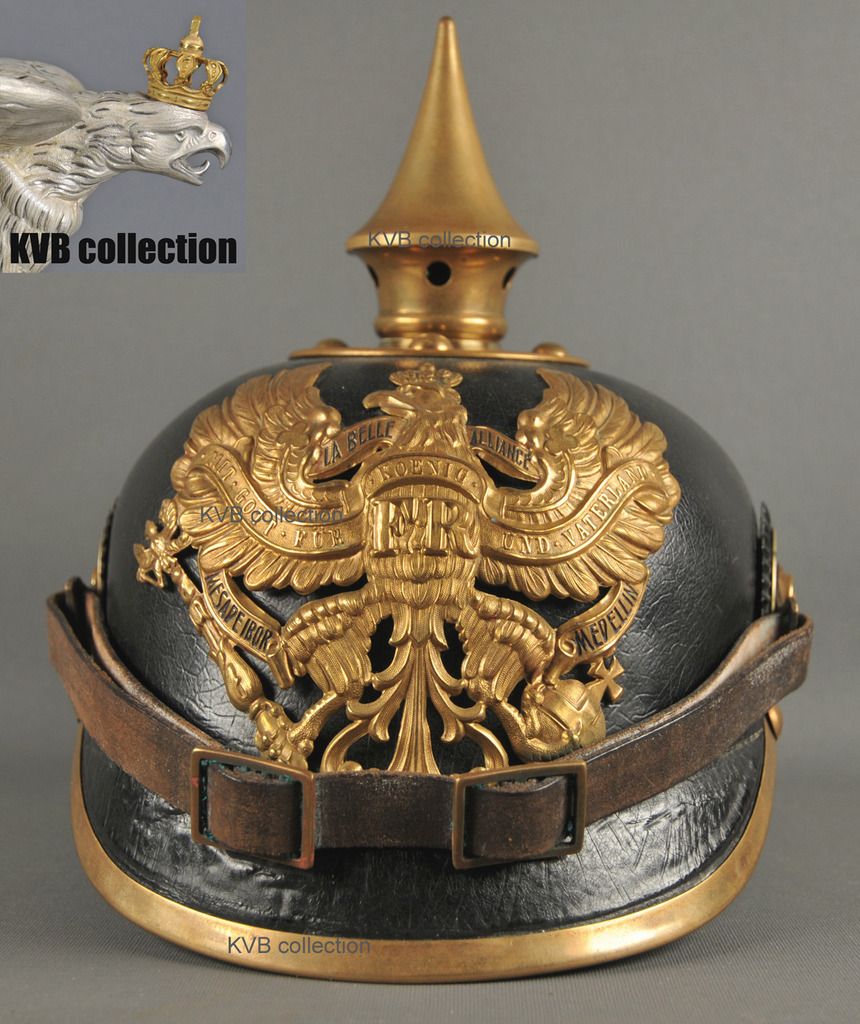
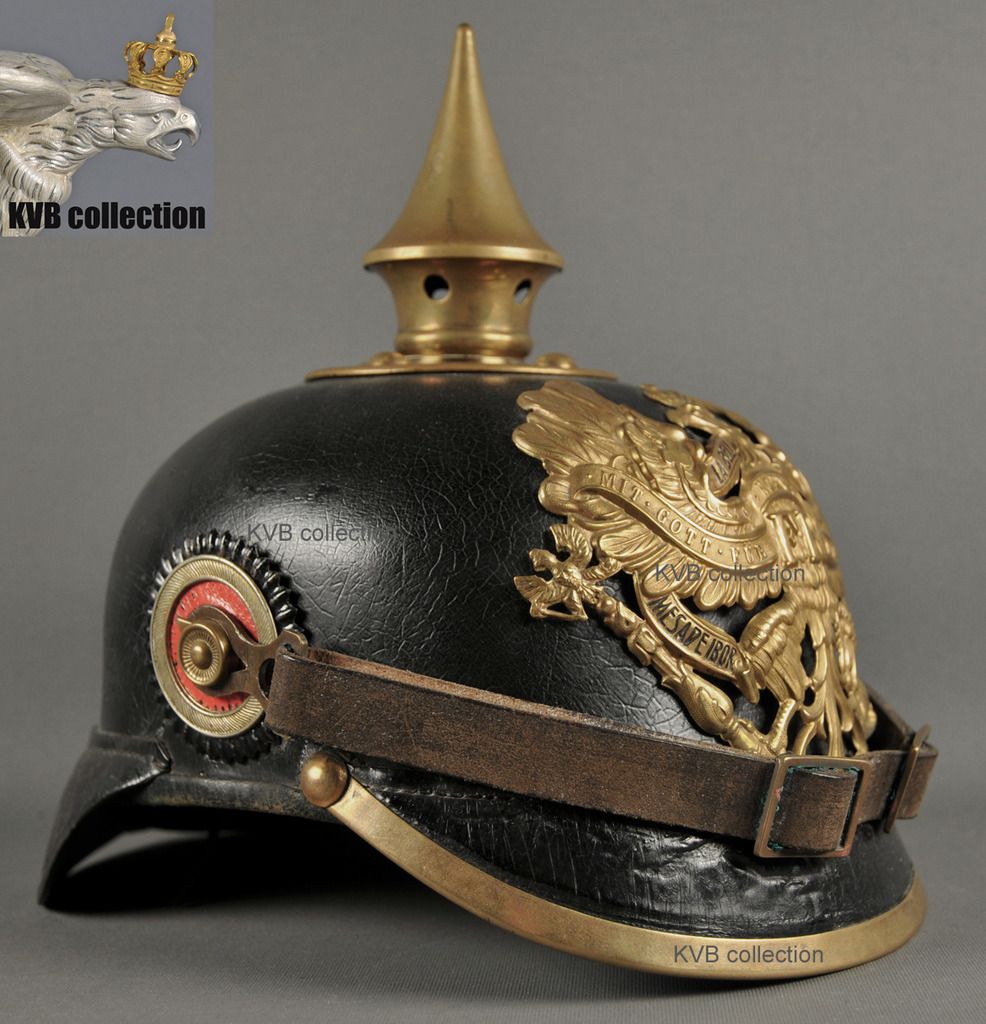
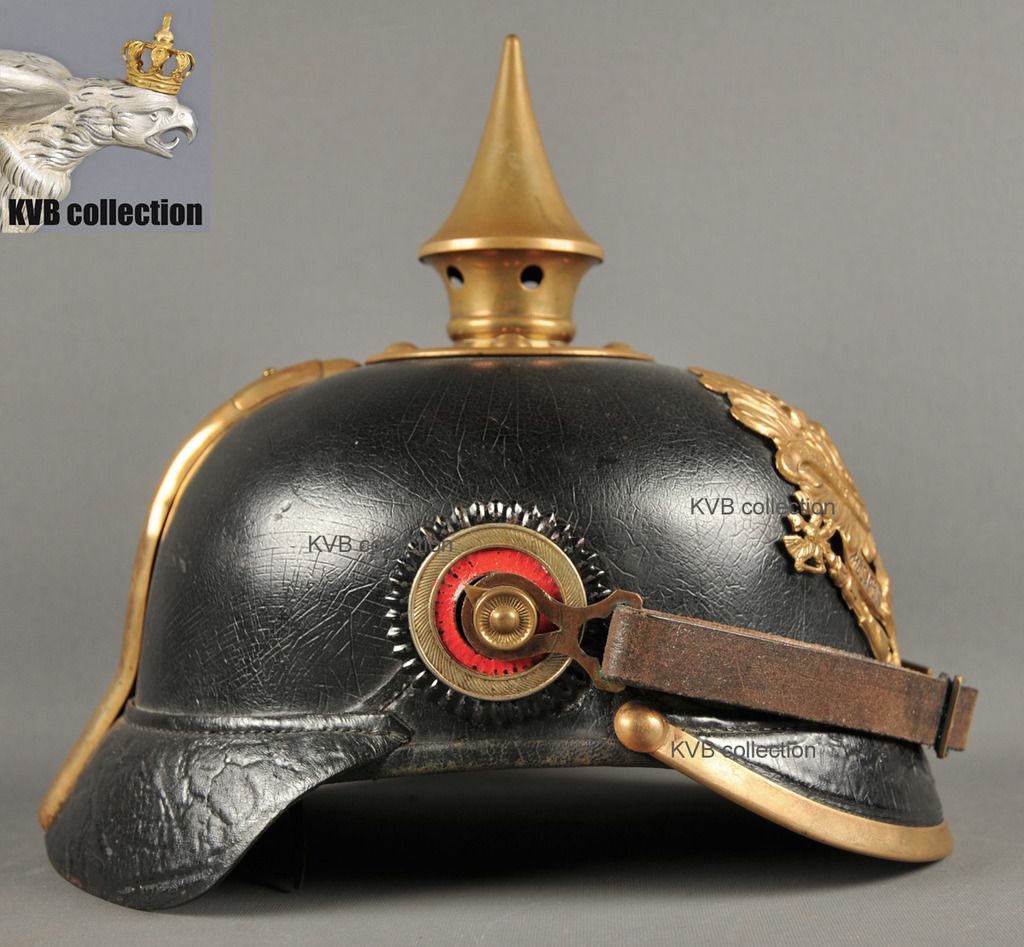
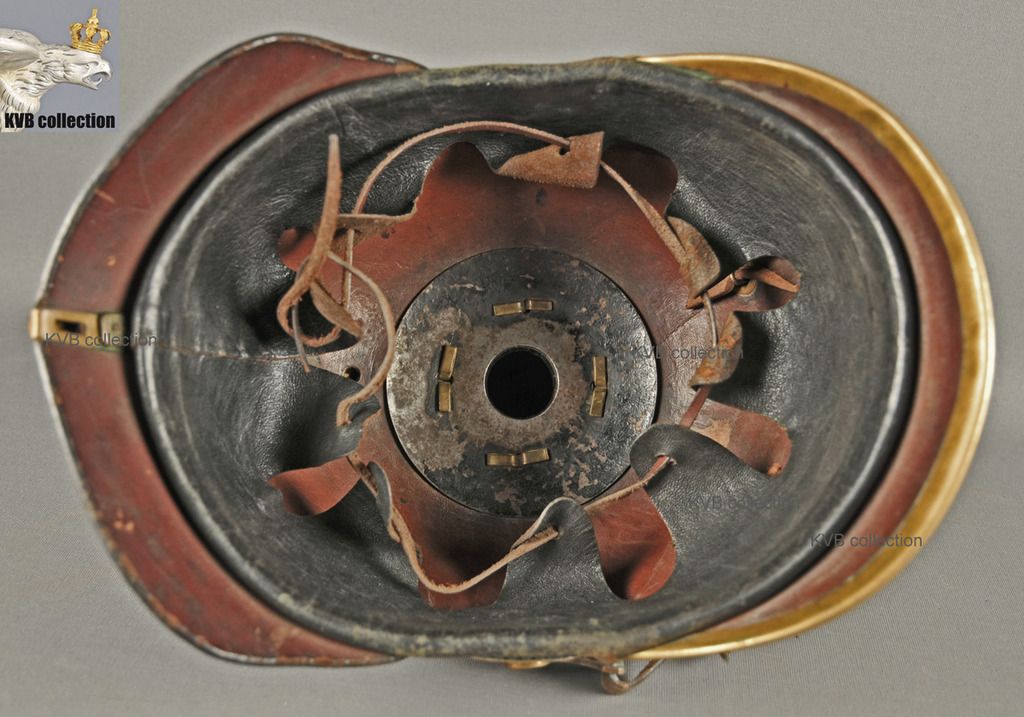
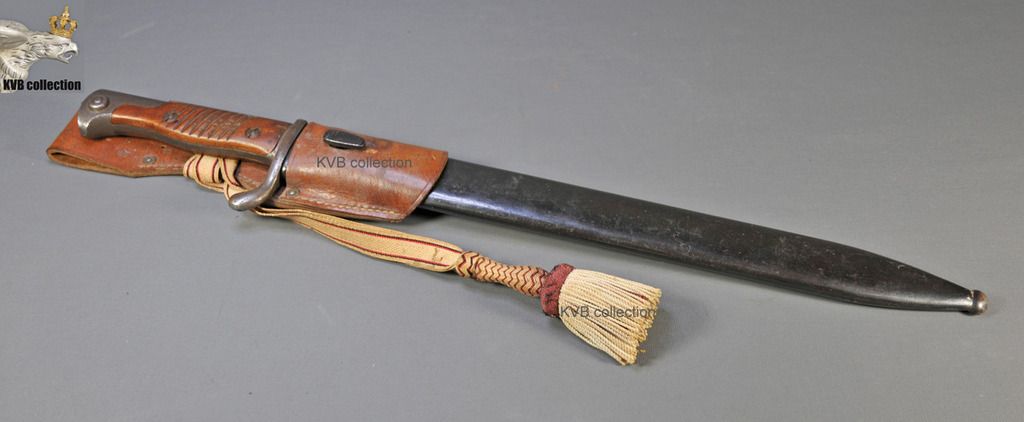
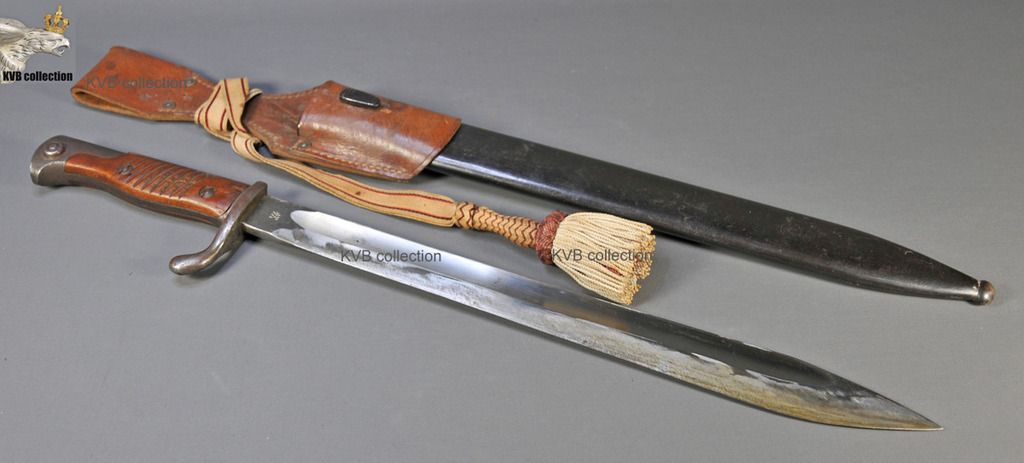

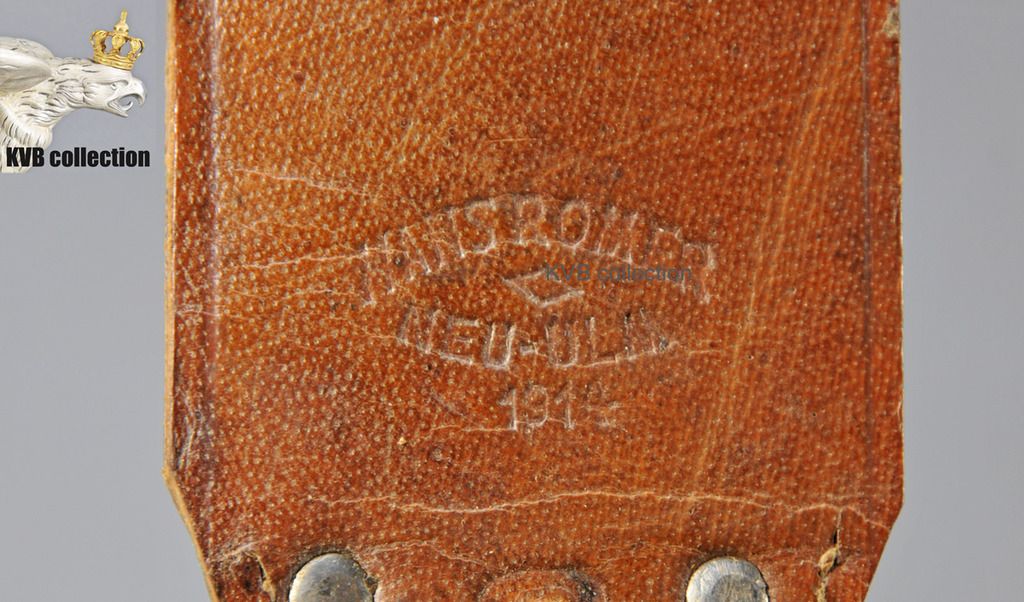
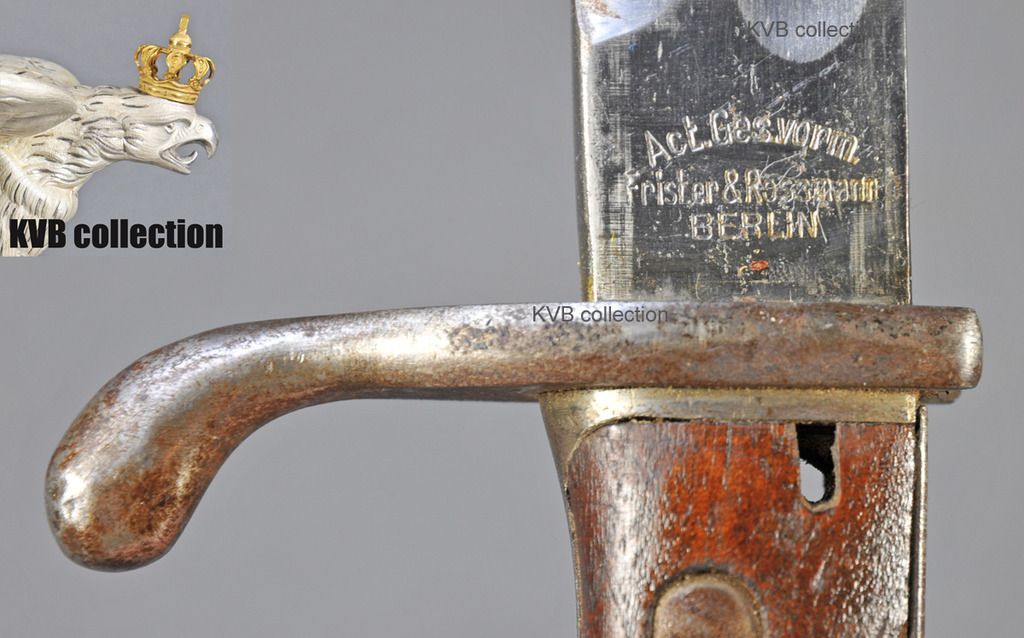
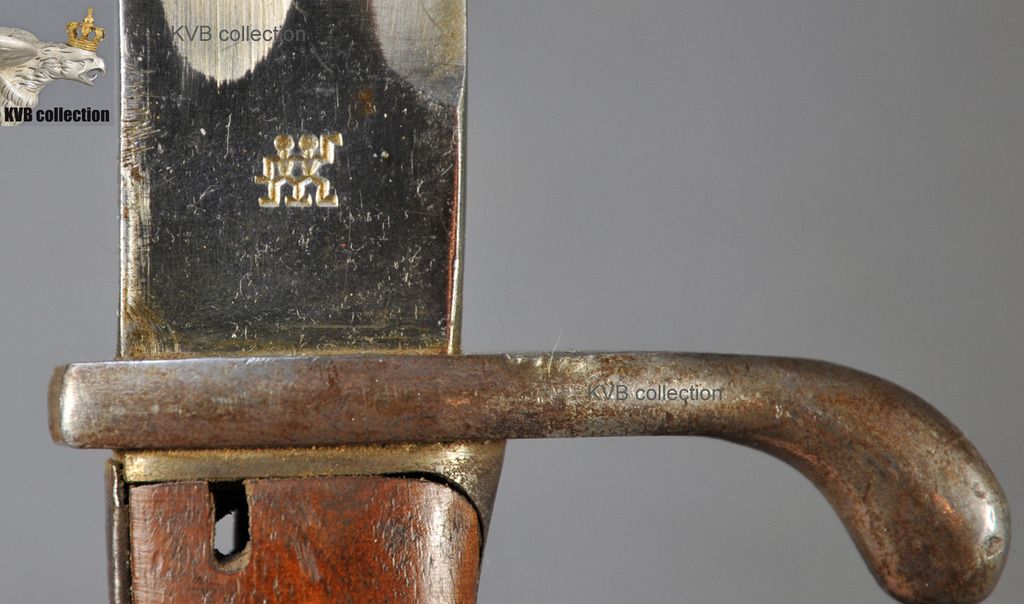
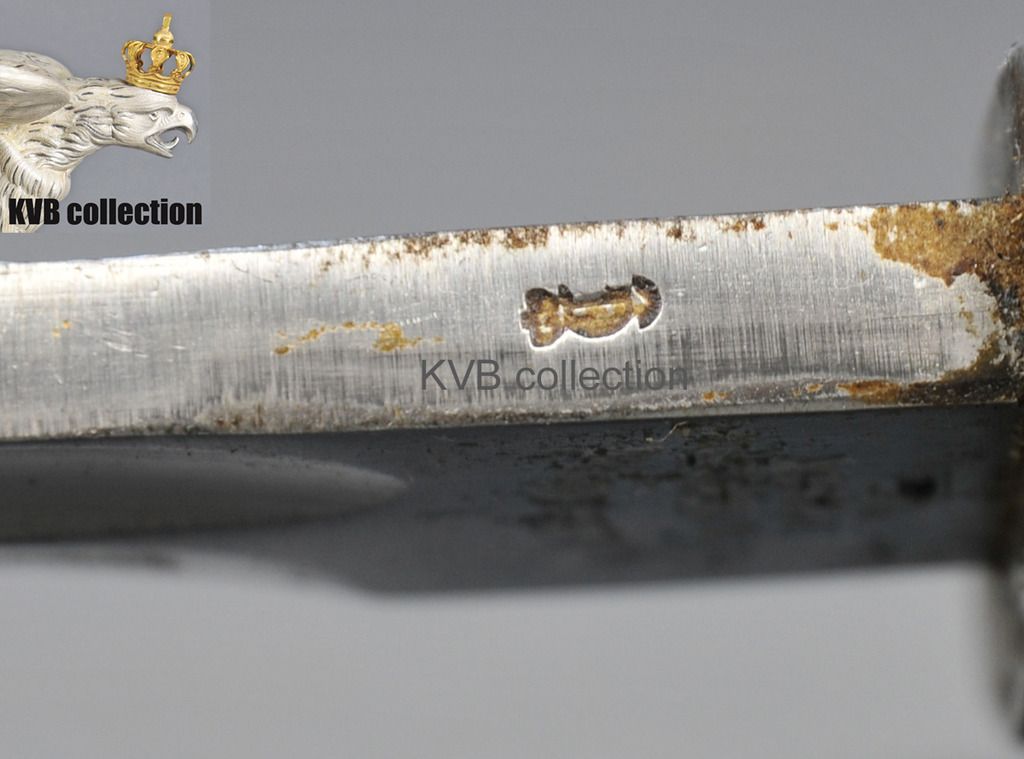
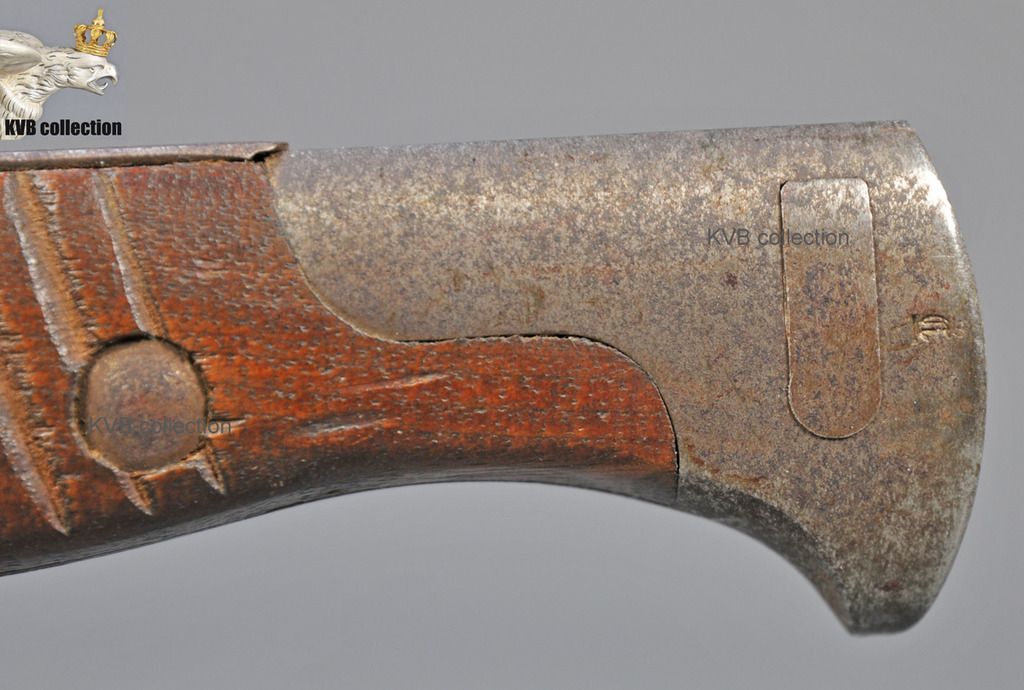
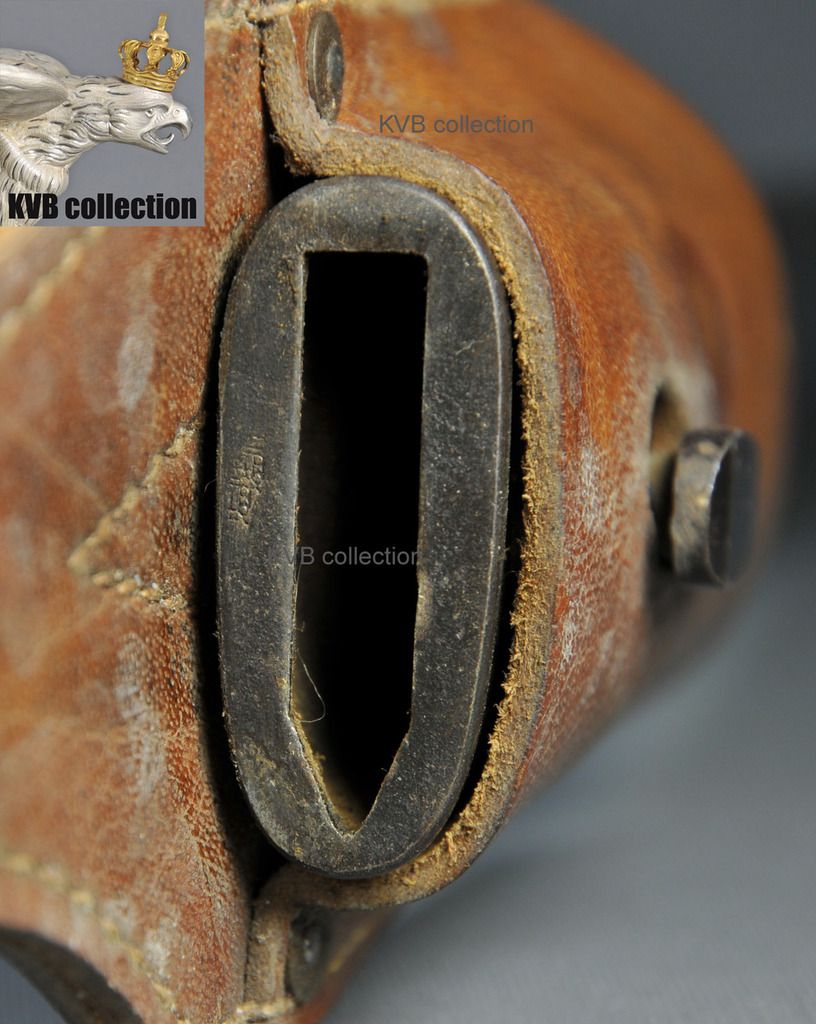
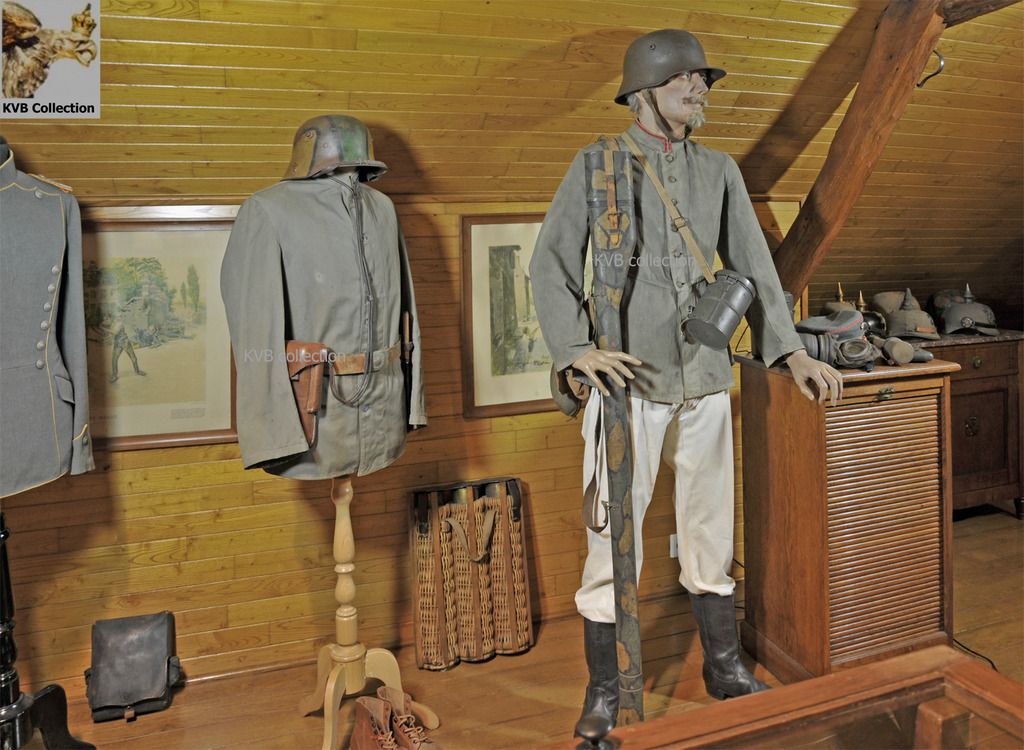
Camo Helmet
in Germany: Imperial Uniforms, Headwear, Insignia & Personal Equipment
Posted
Looking great!
Adler 1